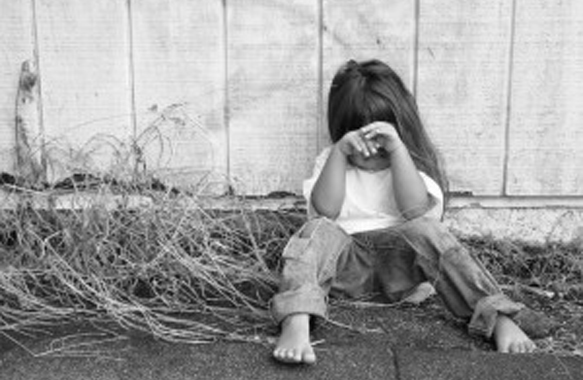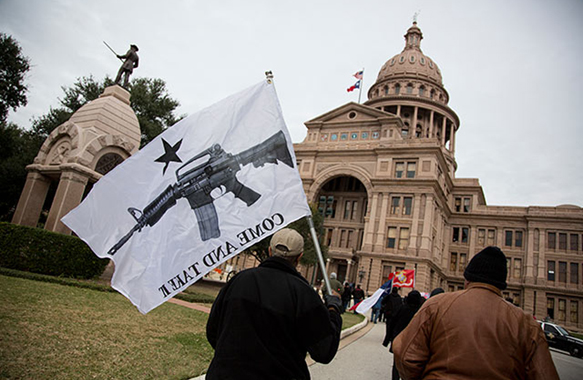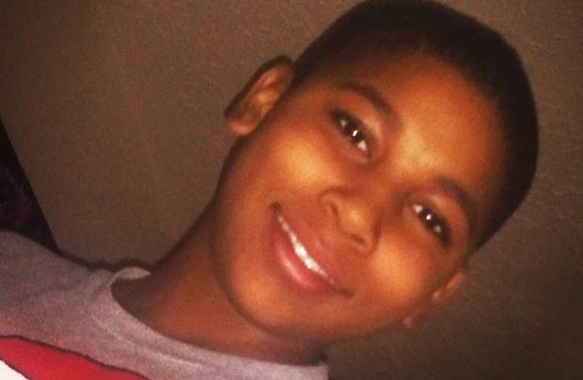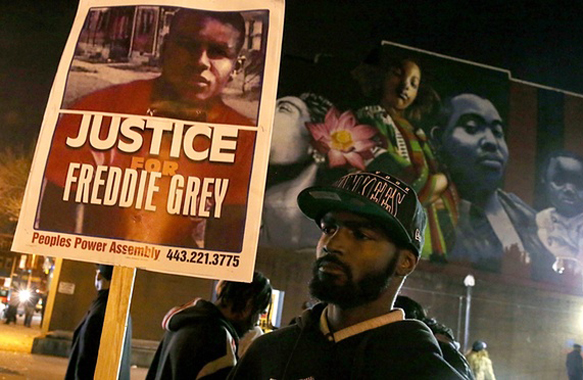Photo: Marin Watts
By Von Diaz | Originally Published at Colorlines. Monday, November 11 2013, 7:00 AM EST
It’s 10 p.m. on Tuesday night at the Streetwork Project overnight shelter in New York City, and many of the young residents are just settling in. The shelter, a renovated brownstone with brightly painted walls, houses 24 homeless youth aged 16 to 20, a fraction of the estimated 3,800 who are homeless in the city on any given night.
Nineteen-year-old Brie walks in from a smoke break and launches into a story about taking a bus to see a taping of “The Steve Wikos Show” that gets everyone laughing. But a short while later, in a more intimate setting, the heavily tattooed young woman tells me how she ended up here.
“My mom had me when she was really young. My dad was a kid too,” she says. “I ended up running away from my dad’s house because one day my stepmother punched me in the face, and then my dad said he wished I’d never been born.”
Neglected by her parents, Brie grew up in residential homes and foster care in Bridgeport, Conn. Eventually she went to live with her grandmother at age 17 but she became homeless again after her grandmother lost her apartment. For the past two years she’s been in limbo, trying to go to college, find a job and a place to live and, on some days, to just be a regular teen.
“This is just a stepping stone,” Brie says. “I can be
Brie is one of a growing number of young people facing homelessness after the great recession. In October, the National Center for Homeless Education (NCHE) released an annual survey that found that since 2007, the beginning of the global recession, the number of homeless youth enrolled in K to 12 public schools has increased by a whopping 72 percent.
Between 2010 and 2011 alone the number increased by 10 percent. The largest concentration of homeless youth in school are in California, which has about 35 percent of the national homeless youth population, followed by Florida, Texas and New York.
This study provides one of the most accurate counts available of the increasing number of homeless youth, but advocates say it only represents a fraction of the population. Youth become homeless from a variety of circumstances, and can be difficult to find because they try hard to blend in and often don’t return to school. And because many homeless youth are fleeing the foster care system, or are scared to become a part of it if they haven’t been involved before, they often try hard to stay off the grid, spending time living on the street or using other survival strategies.
LGBT Youth and Homelessness
Studies show that LGBT youth are at particular risk of becoming homeless. In 2010 it was estimated that, although only five to seven percent of youth overall in the U.S. identify as LGBT, between nine and 40 percent of homeless youth identified as such. According to a new report from the Center for American Progress (CAP), that number is now as high as 45 percent.
Carl Siciliano, executive director of the Ali Fornay Center for LGBT homeless youth, says the need for shelter far outweighs the resources. A conservative estimate is that there are 200,000 LGBT youth currently suffering homelessness in the U.S. According to Siciliano, there are approximately 350 beds dedicated to their care in about 10 programs across the nation.
Brie, the young homeless woman currently living at Streetworks, identifies as a lesbian. During her childhood, poverty and family instability were key factors in her becoming homeless. But she says her sexuality compounded these already tough issues.
“For a long time I spent my life being angry. Mad at the world. I’d ask why. Why did I have to have terrible parents? Why did I have to be gay on top of it? I didn’t ask for all this stuff, it was just put there,” she says. “But what keeps me going is knowing that one day I’ll be able to help at least one person. Because what I went through, someone else will go through.”
Many LGBT youth report having particularly violent situations at home, like Beau Lackey, a 19-year-old from Northern Georgia. He talked to me by phone from the Lost-N-Found LGBT youth shelter in Atlanta, his voice hoarse from spending a few weeks on the streets without his asthma medication.
Beau’s mother kicked him out a year ago for being gay, but that was only the most recent incident in a lifetime of physical, verbal and emotional abuse from his father, who tried to “beat the gay” out of him. At one point, Beau was so badly injured from one of his father’s attacks he had to have reconstructive surgery on his face. After moving to Connecticut, where he struggled with alcoholism, he came back to Atlanta where he bounced from shelter to shelter.
“The worst part was the struggle of just feeling that there wasn’t anyone who cared enough to help me. I was basically laying my head down on a park bench every night, in the cold, alone,” he says.
Lost-N-Found, which is the only LGBT youth shelter in the Atlanta area, has only six shelter beds for the estimated 750 LGBT youth who are homeless each night in that city. Shelter founder and manager Allen Peebles is fundraising for a larger space. He says they receive calls from youth across the country seeking services.
“I think homeless youth period need to be brought attention to, but gay kids are the disposable kids. Straight kids have a better chance of survival. Homelessness [has increased] for so many reasons, and, again, these are the invisible kids,” he says.
Race and Youth Homelessness
Racial inequity has defined who is most affected by employment and housing challenges during the great recession, and is also represented in the homeless youth population. According to the Congressional Research Center, 32 percent of homeless youth are black, more than double the proportion of black youth in the total population. Fifty one percent of homeless youth are white; two percent are American Indian or Alaska Native; two percent are Asian, Native Hawaiian or Pacific Islander; and 4 percent are multiracial. (The study does not disaggregate data on Latino youth.)
Much of the research about race and homeless youth is contradictory. Some studies indicate that homeless youth reflect the racial makeup of their surrounding area, others indicate people of color are disproportionately affected. One recent study of youth in San Francisco sheds some light on the different experiences youth of color might have as homeless people and their trajectories into homelessness.
In a survey of 54 homeless young people, the California Homeless Youth Project found that black youth are much more likely to be in the foster care system than white youth (61 and 23 percent respectively). Black young people, the survey found, were more likely to be homeless because of poverty-related housing instability and inadequate social services than white youth who more frequently said they independently left home because of family problems. Black homeless youth also reported being involved in sex work, or engaging in survival sex as a strategy more often than white youth.
“One of the challenges that researchers have had, is that a lot of times, even if youth of color are identifying as homeless they aren’t presenting as homeless,” says Shahera Hyatt, project director for the California Homeless Youth Project. “That might be why the numbers aren’t catching them. They’re presenting like other young teenagers, but I think people are expecting traveler kid with a backpack and dreadlocks.”
With a short goatee, trendy gray sweatsuit and flip-flops, Julian certainly blends in. You would never know that The Bronx, New York, native who stays at the Streetwork shelter, is homeless.
But the 19-year-old has spent the last year living on the street after his father put him out of the house following a disagreement. Julian has a severe learning disability, and he’s spent the last year going from shelter to shelter, working on applications for public housing and applying for SSI healthcare benefits. He says it’s a very long process. In the meantime, he will continue traveling between shelters until there is a better solution.
“Shelters are not good, but at least I’m somewhere, rather than being in the streets,” Julian says. “Without shelter, you won’t shower, you won’t wash your clothes, you’re going to stink. You won’t have money for food. You can’t sleep nowhere. You might be waking up, you won’t sleep right. You need something smooth to sleep on.”












Leave A Comment